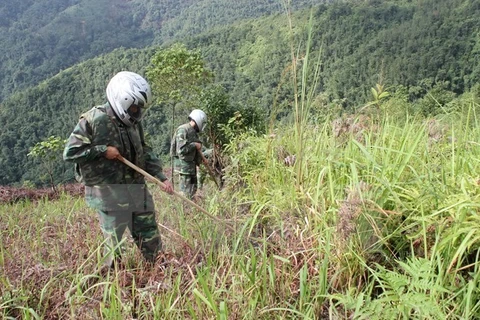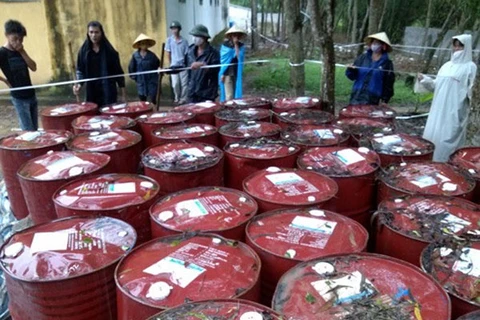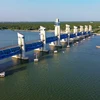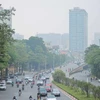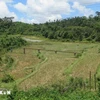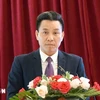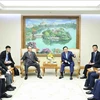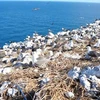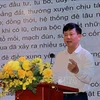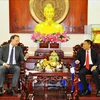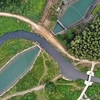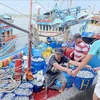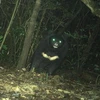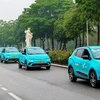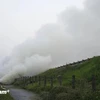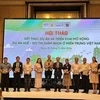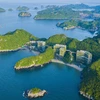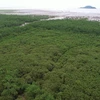Hanoi (VNA) – The trial dioxin detoxification using microbial technology at A Sho airfield of A Luoi district, the central province of Thua Thien-Hue, has generated optimistic outcomes.
The Ministry of Natural Resources and Environment held a workshop in Hanoi on August 4 to report on the outcomes of the test detoxification, which was carried out by the Republic of Korea (RoK)’s biology company BJC and the Vietnam Association for Conservation of Nature and Environment.
By using the RoK’s microbial species, the land area considered to be most contaminated with dioxin at A Sho airfield received anaerobic treatment for three months and then aerobic treatment.
The dioxin concentration in the contaminated land declined from 161.65pg-TEQ per gram to 104.93pg-TEQ per gram, according to scientists from the BJC, the Korea Institute of Ocean Science and Technology, and the Korea Institute of Toxicology.
Basing on the test’ results, participants at the workshop highly valued the capacity and efforts of Korean experts. They asked authorised agencies of Vietnam and the RoK to complete necessary procedures to publicise official research findings and facilitate social organisations’ international cooperation in environmental protection and socio-economic development.
The US army sprayed some 80 million litres of toxic chemicals from 1961 to 1971, 61 percent of which was Agent Orange containing 366 kilograms of dioxin, over nearly one quarter of the total area of South Vietnam.
Preliminary statistics showed that 4.8 million Vietnamese people were exposed to Agent Orange/dioxin, and about 3 million people became victims. Tens of thousands of people have died while millions of others have suffered from cancer and other incurable diseases as a result. Many of their offspring have also suffered from birth deformities.-VNA
VNA



